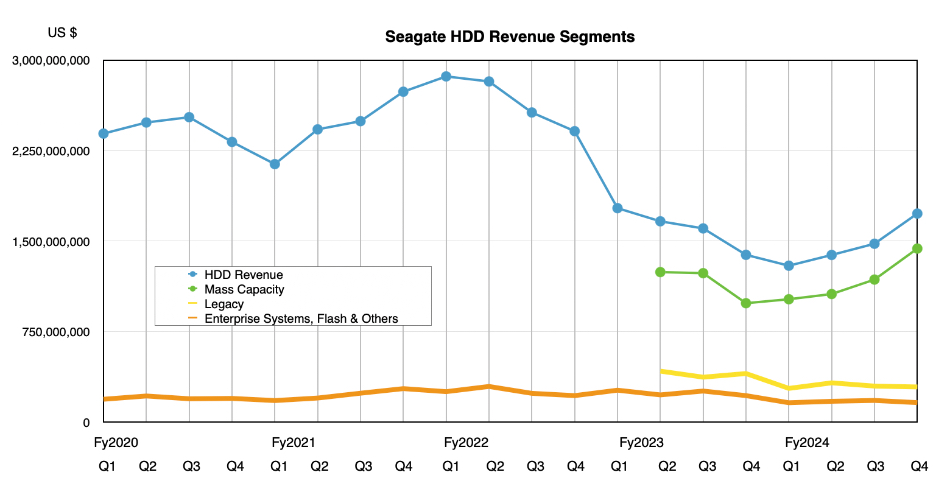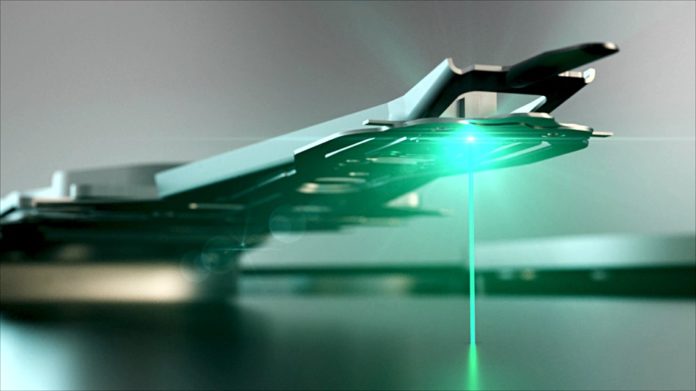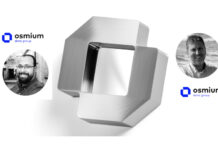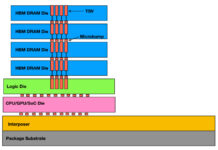Seagate signaled that the disk drive sales slump is ending with a revenue increase for Q4 2024.
Revenues were up 18 percent annually to $1.89 billion, beating its $1.85 billion forecast, with a $513 million profit contrasting strongly with the $92 million loss a year ago. This growth was a turnaround after seven successive quarters of revenue decline. Full FY2024 revenues of $6.6 billion were down 11 percent year-on-year, with a $335 million profit, again strongly contrasting with last year’s $529 million loss. It is the lowest annual revenue number since 2004’s $6.22 billion.
CEO Dave Mosley, unsurprisingly, expressed optimism, stating: “Seagate delivered robust financial performance for the June quarter amid an improving cloud demand environment, capping off a fiscal year of strong execution against our financial goals. Q4 revenue grew 18 percent year-over-year, non-GAAP gross margin expanded to nearly 31 percent, and non-GAAP EPS exceeded the high end of our guidance range. In fiscal 2025, we are remaining focused on driving profitability and maintaining supply discipline while continuing to execute our mass capacity product roadmap, anchored by our HAMR technology.

“At the start of the fiscal year, we highlighted three financial priorities, namely to increase profitability, drive cash generation, and strengthen our balance sheet. Reflecting on our full year performance, we delivered on all three. Our results were due in part to the build-to-order or BTO strategy that we put in place to provide greater supply demand predictability and optimize our cash resources.”

Financial summary
- Gross margin: 31.8 percent vs 19 percent last year
- Operating cash flow: $434 million
- Free cash flow: $380 million
- EPS: $2.39
- Dividend: $0.70/share
- Cash & cash equivalents: $1.4 billion
Seagate sold its System-on-Chip operations for $600 million during the quarter, with cash proceeds of $560 million.
Mass capacity HDD demand rose significantly since the previous quarter. The company shipped 114 EB of disk capacity, up 15 percent sequentially, with average drive capacity increasing 6 percent sequentially to 9.3 TB. More than 90 percent of the drives shipped by Seagate were mass capacity/nearline drives going to cloud providers. Enterprise server HDD demand is also picking up, and video surveillance drive ships beat expectations.

It shipped a small number of HAMR (Mozaic 3+) drives for revenue to non-cloud customers with the first cloud hyperscaler qualification expected in the current Q1 2025, with Seagate’s lead CSP customer “validating drives built with the improved process controls and new firmware optimized for their specific workloads.”
There will be “multiple US and China cloud customer qualifications” starting in the quarter, Mosley said. Such qualifications “will take around three quarters on average to complete, which points to a broader volume ramp toward mid-calendar 2025.”
Answering an earnings call question about his confidence in getting HAMR drives qualified, Mosley said: ”We’re very optimistic about getting through these things. Our industry’s really upped its game as the drives have. They have to last for five, six, seven years in the datacenter. It takes a little time to prove that kind of performance.”
”Fourth quarter nearline cloud revenue more than doubled from the year-ago period and we expect growth to continue in fiscal 2025.” That growth will be influenced by “new AI-related deployments,” although “HDD demand pull-through related to AI is still relatively small.” He added: “We’ve also started to see incremental demand for higher-density storage-specific solutions, due in part to enterprises putting storage capacity in place, either on-prem or in private clouds, as they prepare for future AI applications.”
Seagate is flagging that its next-generation Mozaic 4+ HAMR drives with 40 TB-plus capacities are coming, with “33 percent more capacity compared to Mozaic 3+,” and minimal bill of material cost changes. If competitors Western Digital and Toshiba have similar difficulties to Seagate getting their HAMR drives into production and qualified, Seagate could have significant capacity and cost advantages in its FY2025 and 2026.
Seagate wants to focus on HDD product transitions to drive shipped capacity numbers higher as opposed to adding more HDD manufacturing capacity. The Covid-era slump caused it to lay people off and close some manufacturing capacity. It doesn’t want to go through that again.
Mosley said: “End-market demand trends are solidly pointing to long-term growth opportunities for mass capacity storage demand. Recovery for our high-capacity nearline drives has been faster than anticipated, which has extended product lead times and led to tighter overall supply conditions. Based on our current outlook, our nearline exabyte supply is committed through the end of the calendar year.”
That can give us confidence in Seagate’s forecast for current fiscal quarter revenues, which is $2.1 billion +/- $150 million – a 44 percent rise year-on-year.








